TAKING NOTES 41: IDEOLOGICAL FOUNDATIONS OF NEOCLASSICAL ECONOMICS: CLASS INTERESTS AS “ECONOMIC THEORY”
by Ismael Hossein-zadeh
There is now a widespread consensus that mainstream/neoclassical economists failed miserably to either predict the coming of the 2008 financial implosion, or provide a reasonable explanation when it actually arrived. Not surprisingly, many critics have argued that neoclassical economics has created more confusion than clarification, more obfuscation than elucidation. Economic “science” has, indeed, become “an ideological construct which serves to camouflage and justify the New World Order”[1].
Also not surprisingly, an increasing number of students who take classes and/or major in economics are complaining about the abstract and irrelevant nature of the discipline. For example, a group of French graduate students in economics recently wrote an open letter, akin to a manifesto, critical of their academic education in economics as “autistic” and “pathologically distant from the problems of real markets and real people”:
We wish to escape from imaginary worlds! Most of us have chosen to study economics so as to acquire a deep understanding of the economic phenomena with which the citizens of today are confronted. But the teaching that is offered . . . does not generally answer this expectation. . . . This gap in the teaching, this disregard for concrete realities, poses an enormous problem for those who would like to render themselves useful to economic and social actors.[2]
The word “autistic” may be offensive and politically incorrect, but it certainly provides an apt description of mainstream economics.
Interestingly, most economists do not deny the abstract and irrelevance feature or property of their discipline; but argue that the internal consistency of a theory—in the sense that the findings or conclusions of the theory follow logically from its premises or assumptions—is more important than its relevance (or irrelevance) to the real world. Nobel Laureate economist William Vickery, for example, maintains:
Economic theory proper, indeed, is nothing more than a system of logical relations between certain sets of assumptions and the conclusions derived from them. . . . The validity of a theory proper does not depend on the correspondence or lack of it between the assumptions of the theory or its conclusions and observations in the real world. . . . In any pure theory, all propositions are essentially tautological, in the sense that the results are implicit in the assumptions made.[3]
[Graphic: Stephanie McMillan]
Paul Samuelson, another Nobel Laureate in Economics, likewise writes, “In pointing out the consequences of a set of abstract assumptions, one need not be committed unduly as to the relation between reality and these assumptions.”
How or why did economics as a crucially important subject of inquiry into an understanding of social structures evolve in this fashion, that is, as an apparently rigorous and technically elaborate discipline without much usefulness in the way of understanding or solving economic problems?
Perhaps a logical way to answer this question is to look into the origins of the neoclassical economics, and how it supplanted the classical economics that prevailed from the early stages of capitalism until the second half of the 19th century—supplanted not as an extension or elaboration of that earlier school of economic thought but as a deviation from, or antithesis, to it.
Well-known classical economists like Adam Smith, David Ricardo, John Stuart Mill and Karl Marx sought to understand capitalism in fundamental ways: they studied the substance of wages and prices beyond supply and demand; they also examined the foundations of economic growth and accumulation—that is, the sources of the “wealth of nations,” as Smith put it, or “the laws of motion of capitalist production,” as Marx put it. They further sought to understand the basis or logic of the distribution of economic surplus, that is, the origins of the various types of income: wages/salaries, interest income, rental income, and profits.
To this end, they distinguished two major types of work or economic activity: productive and unproductive, that is, productive labor and productive enterprise (manufacturing) versus unproductive labor and unproductive enterprises (buying and selling, or speculation). Accordingly, they saw the capitalist social structure as consisting of different classes of conflicting or antagonistic interests: capitalists, workers, landlords, tenants/renters, and the poor.
These classical economists wrote in an era that could still be considered a time of transition: transition from feudalism to capitalism. Although feudalism was in decline, the powerful interests vested in that older mode of production and social structure still fiercely resisted the rising new mode of production, the modern industrial capitalism, and its champions, called the “bourgeoisie.”
In the second half of the 18th and first half of 19th centuries, the conflicting interests of these two rival factions of the ruling elites served as powerful economic grounds for a fierce political/ideological struggle between the partisans of the two sides. Whereas the elites of the old system viewed the rising bourgeoisie as undermining their traditional rights and privileges, the modern capitalist elites viewed the old establishment as hindering rapid industrialization, “proletarianization” and urbanization.
In the ensuing ideological battle between the champions of the old and new orders, the writings of classical economists such as Smith, Ricardo and Mill proved quite helpful to the proponents or partisans of the new order. As influential intellectuals who were concerned that the hindering influences and extractive businesses of the old establishment may hamper a clean break from pre-capitalist modes of economic activity, they wrote passionately about what created real values and/or “wealth of nations,” and what was wasteful and a drain on economic resources. To this end, their writings included lengthy discussions of the labor theory of value—the theory that human labor constitutes the essence of value—and related notions of productive and unproductive activities.
Accordingly, they characterized the propertied classes that reaped income by virtue of controlling the assets (that the economy needed in order to function) as the “rentier,” “unproductive” or “parasitic” classes. Rentier classes collect their unearned proceeds from ownership “without working, risking, or economizing,” wrote John Stuart Mill of the landlords and money-lenders of his day, arguing that “they grow richer, as it were in their sleep.”[4]
Unsurprisingly, during the early stages of industrial revolution, when the old establishment still posed serious challenges to the relatively new and evolving capitalist mode of production, the view of human labor as the source of real values, expounded by Karl Marx and other classical economists, provided a strong theoretical case for industrial expansion and/or capitalist development. “In its earliest formulations, the labor theory of value reflected the perspective of, and was serviceable in the fulfillment of the objective needs of, the industrial capitalist class.”[5]
Although the rising capitalist class found the labor theory of value (and its logical implications for class conflicts) potentially “disconcerting,” that concern was temporarily pushed to the backburner, as the main threat at this stage of capitalist development came from the landowning/rentier classes, not the working class. Indeed, history shows that in nearly all the so-called “bourgeois-democratic” revolutions, signifying the historical transition from pre-capitalist to capitalist formations, the burgeoning working class, the newly proletarianized peasants, sided with the bourgeoisie against its pre-capitalist nemesis.
By the mid-19th century, however, this pattern of social structure and/or class alliances was drastically changed. Concentration of capital and the rise of corporation had by the last third of the 19th century gradually overshadowed the role of individual manufacturers as the drivers of the industrial development. In place of owners/managers, more and more “corporate managers were hired to direct and oversee industrial enterprises and to channel profits automatically as part of a perpetual accumulation process. . . . Increasingly, profits and interest came to be the result of passive ownership,” similar to absentee landownership of the feudal days.[6]
Along with agricultural production on an increasingly capitalistic basis, these developments meant a radical reconfiguration of social and/or class alliances: the industrial bourgeoisie and the landowners were no longer adversaries, as they were all now capitalists and allies; and the working class, which had earlier supported the bourgeoisie against the landed aristocracy, was their class enemy. What added to the fears of the capitalist class of the growing and relatively militant working class was the spread of Marx’s theory of “labor as the essence of value and economic surplus,” which was by the mid- to late-19th century frequently discussed among the leading circles of industrial workers.
These changes in the actual social and economic developments, in turn, prompted changes in the ruling class’s preferences regarding theories of capitalist production and/or market mechanism. Industrial capitalists who had earlier used the labor theory of value to their advantage in their struggle against the old, pre-capitalist establishment were now quite fearful of and hostile to that theory. Instead, “the theoretical and ideological needs of the owners of industrial capital became identical with those of the landlords and merchant capitalists. They all needed a theory that sanctioned their ownership”[7]; a theory that obfuscated, instead of clarifying, the origins of real values and the sources of wealth and/or income—hence, the shift from classical to neoclassical economics.
The formal theoretical shift from classicism to neoclassicism was pioneered (in the last three decades of the 19th century) by three economists: William Stanley Jevons, Carl Menger and Leon Walras. A detailed discussion of these pioneers of neoclassical economics is beyond the purview of this essay. Suffice it to say that all three categorically shunned the labor theory of value in favor of utility theory of value, that is, “value depends entirely upon utility,” as Jevons put it.
At the heart of the theoretical/philosophical shift was, therefore, the move from labor to utility as the source of value: a commodity’s value no longer came from its labor content, as classical economists had argued, but from its utility to consumers. The new paradigm thus shifted the focus of economic inquiry from the factory and production to the market and circulation, or exchange.
By the same token as the new school of economic thought abandoned the classicals’ labor theory of value in favor of the utility theory of value, it also discarded the concept of value, which comes from human labor, in favor of price, which is formed (in the sphere of circulation or market) by supply and demand interactions. Henceforth, there was no difference between value and price; the two have since been used interchangeably or synonymously in the neoclassical economics.
Once the focus of inquiry was thus shifted from how commodities are produced to how they are bought and sold, the distinction between workers and capitalists, between producers and appropriators, became invisible. In the marketplace all people appear as essentially identical: they are all households, consumers or “economic agents” who derive utility from consuming commodities, and who pay for those commodities “according to the amount of the utility/pleasure they derive from their consumption.” They are also identical in the neoclassical sense that they are all “rational,” “calculating,” and utility “maximizing” market players.
An obvious implication (and a major advantage to the capitalist class) of this new perspective was that in the marketplace social harmony and “brotherhood,” not class conflict, was the prevailing mode of social structure. “The supposed conflict of labor with capital is a delusion,” Jevons asserted, arguing that “We ought not look at such subjects from a class point of view,” because “in economics at any rate [we] should regard all men as brothers.”[8]
It should be pointed out (in passing) that the utility theory of value did not start with Jevons. The theory had already been spelled out in the late 18th and early 19th centuries by earlier economists such as Jeremy Bentham, Jean-Baptiste Say, Thomas Malthus and Claude Frédéric Bastiat. However, Jevons and his utilitarian contemporaries of the second half of the 19th century added a new concept to the received theory: the concept of marginal utility or, more specifically, diminishing marginal utility. According to this concept, the utility derived from the use or consumption of a commodity diminishes with every additional unit consumed.
Despite the fact that Jevons’ addition of the concept of marginal utility to the received utility theory of value was conceptually very simple (indeed, the whole concept of utility and the so-called “law of diminishing marginal utility” are altogether banalities or truisms), it nonetheless proved to be instrumentally a very important notion in neoclassical economics. For, the term “marginal” was soon extended to other economic categories such as marginal cost, marginal revenue, marginal propensity to consume, and the like; thereby paving the way for the application of differential calculus to economics. “By introducing the notion of marginalism into utilitarian economics, Jevons had found a way in which the utilitarian view of human beings as rational, calculating maximizers could be put into mathematical terms.”[9]
Whereas the utilitarian views of the earlier economists had been firmly discredited in the late 18th and early 19th centuries by proponents of the labor theory of value as truisms that did not explain much of the real world economic developments, the math-coded utilitarianism of Jevons (and his fellow neoclassicals since then) has been shielded from such criticisms by a protective cover of mathematical veneer. Despite the fact that, aside from the mathematical mask, the new notion of utility represented no conceptual or theoretical advances over the earlier version, it was celebrated as a “revolution” in economic thought, the so-called “neoclassical revolution.” Presenting a body of largely axiomatic principles, or religious-like normative guidelines (such as how “rational” consumers should behave), by means of elaborate and mesmerizing mathematics is like covering weeds with Astroturf.
Despite its irrelevance and uselessness, neoclassical economics is neither uninteresting nor illogical. Within its own premises and presuppositions it is both logical and mathematically rigorous, which explains why it is packaged as a scientific discipline. But, again, it falls pitifully short of explaining how real world markets or economies work, or how economic crises, as inherent occurrences to a capitalist economy, take place; or what to do to counter such crises that would help not only the capitalist/financial elites but the society at large. Although most mainstream economists proudly characterize their discipline as scientific, adornment of the discipline by a façade of mathematics does not really make it scientific. In reality, the math superstructure simply masks the flawed or unreliable theoretical foundation of the discipline.
It follows from the discussion presented in this essay that a driving force behind the evolution of economics as a dismal and obscuring discipline is the role of influential vested interests and/or the dominant ruling ideology. In a critique of mainstream/neoclassical economists’ blatant disregard for actual developments in the real world, economics Professor Michael Hudson writes:
Such disdain for empirical verification is not found in the physical sciences. Its popularity in the social sciences is sponsored by vested interests. There is always self-interest behind methodological madness. That is because [professional] success requires heavy subsidies from special interests who benefit from an erroneous, misleading or deceptive economic logic. Why promote unrealistic abstractions, after all, if not to distract attention from reforms aimed at creating rules that oblige people actually to earn their income rather than simply extracting it from the rest of the economy?[10]
Why or how is it that most economists are either unaware or pretend to be unaware of the specious theoretical foundations of their discipline?
A charitable answer is that perhaps the majority of economists who teach their discipline or otherwise work as economic professionals are not necessarily guilty of obfuscation, or deliberately promoting a faulty paradigm. Many economists sincerely believe in the integrity of their discipline as they carry out highly specialized research or produce scholarly publications. Economists’ confidence or faith in their discipline, however, does not make it any less flawed. They simply teach or carry out elaborate scholarly research work within a faulty paradigm without questioning, or even detecting, some of the submerged defects that makes the discipline not only irrelevant and useless but indeed harmful, as it tends to create more confusion than illumination or understanding.
It can also be argued that since most economists are deeply wedded to their profession, and are dependent on it as the source of both intellectual and financial survival, they would most likely be in denial, and would continue working within the only academic tradition or professional path they know how to navigate, even if they suspected or realized the esoteric and irrelevant nature of their discipline.
End notes:
[1] Michel Chossudovsky and Marshall, G.A. (eds.) The Great Global Economic Crisis, Montreal, Quebec, Canada: Center for Research on Globalization (2010, p. xviii).
[2] As quoted in Gordon Bigelow, “Let There Be Markets: The Evangelical Roots of Economics,” Harper’s, May issue: http://harpers.org/archive/2005/05/let-there-be-markets/.
[3] William Vickery, Microeconomics, New York: Harcourt, Brace, and World, 1964, p. 5.
[4] As quoted in Michael Hudson and Dirk Bezemer, “Incorporating the Rentier Sectors into a Financial Model,” World Economic Review, http://wer.worldeconomicsassociation.org/article/view/36.
[5] E. K. Hunt, History of Economic Thought: A Critical Perspective, New York and London, M.E. Sharpe 2002, p. 282.
[6] Ibid., p. 283.
[7] Ibid.
[8] As quoted in ibid., p. 254.
[9] Ibid., p. 252.
[10] Michael Hudson, “Krugman’s Attack on my Review of Samuelson,” http://michael-hudson.com/2009/12/krugmans-attack-on-my-review-of-samuelson/.
[Thank you Ismael for this contribution. This piece first appeared on Counterpunch as “Ideological Foundations of the Mainstream Neoclassical Economics: Class Interests as “Economic Theory.”]
The writer is Professor Emeritus of Economics (Drake University). He is the author of Beyond Mainstream Explanations of the Financial Crisis (Routledge 2014), The Political Economy of U.S. Militarism (Palgrave–Macmillan 2007), and Soviet Non-capitalist Development: The Case of Nasser’s Egypt (Praeger Publishers 1989). He is also a contributor to Hopeless: Barack Obama and the Politics of Illusion (AK Press 2012).

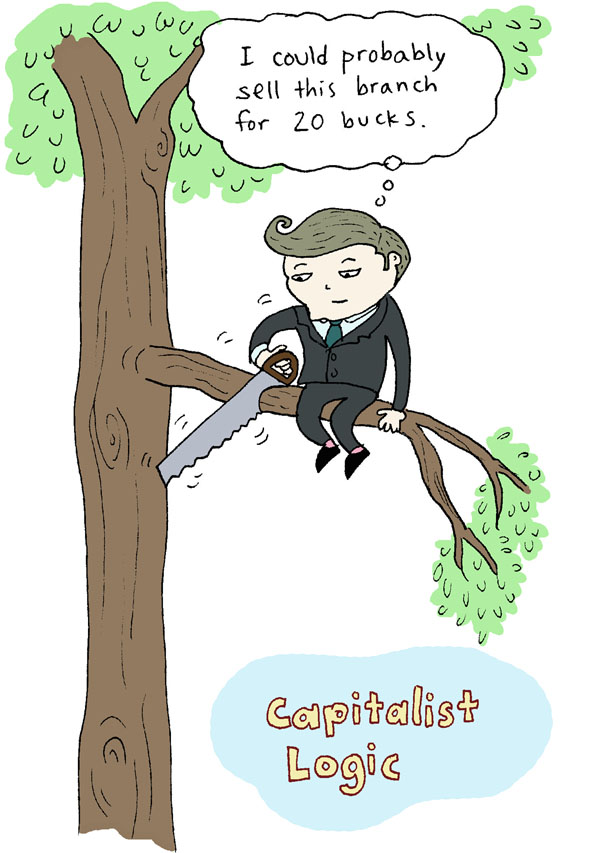
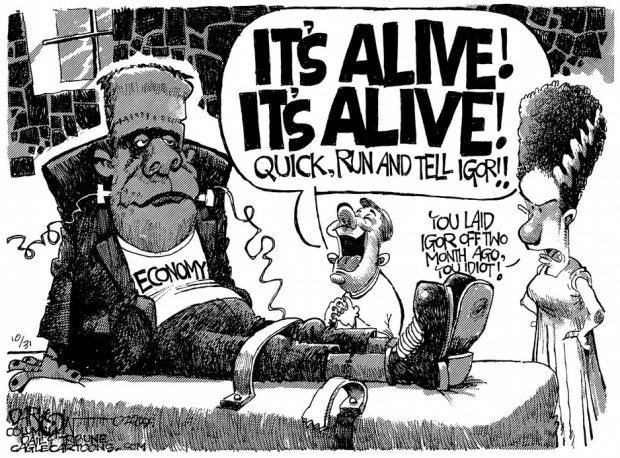

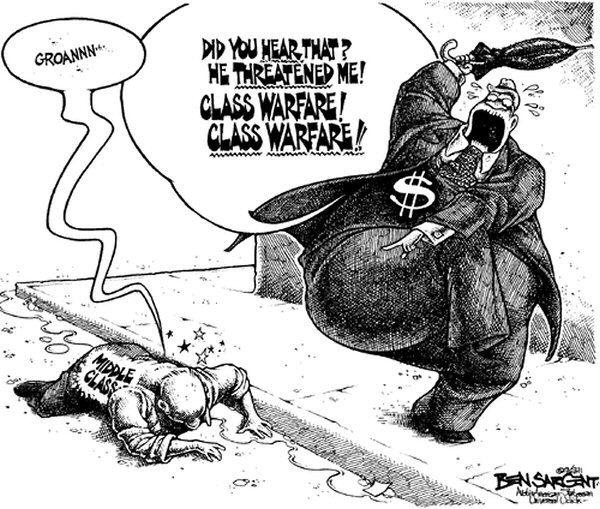
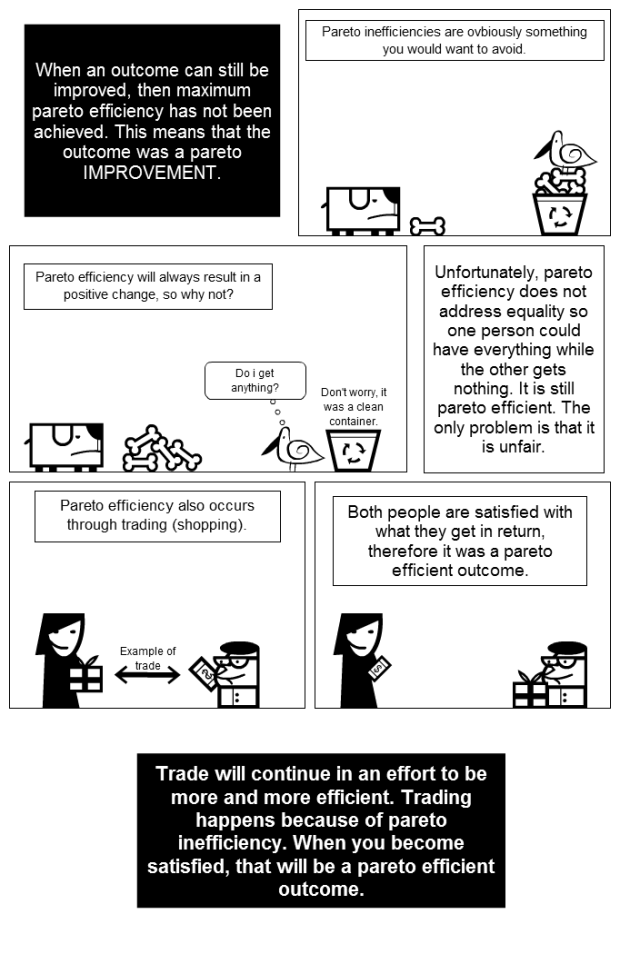

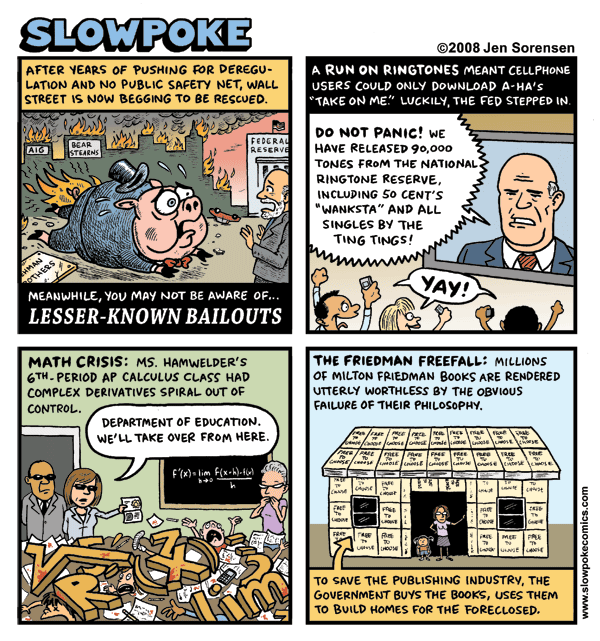
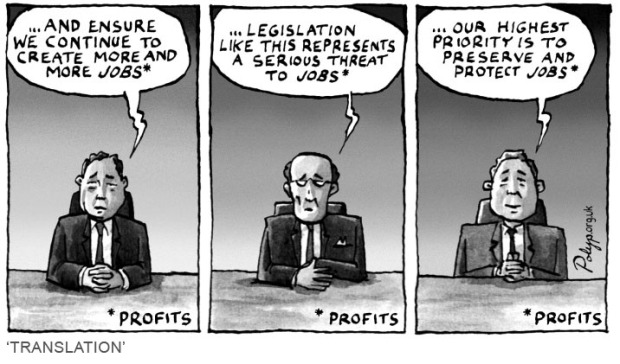

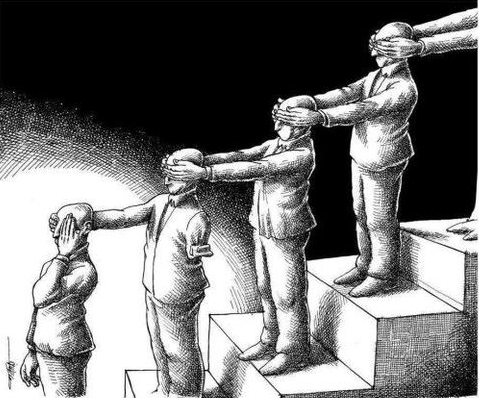



Geen opmerkingen:
Een reactie posten